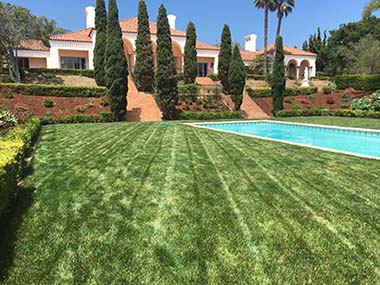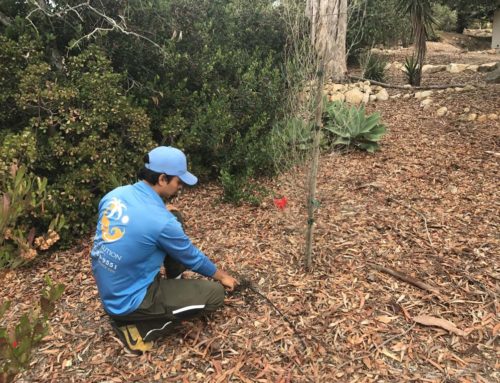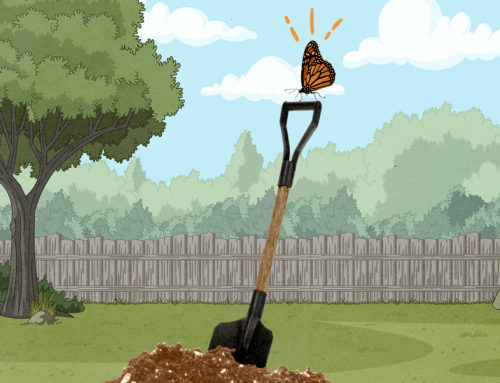Lawn Care Trends for 2020
A recent national survey of homeowners revealed that many struggle in knowing how to care for their lawn. Whether they are stuck in old fashioned ideas about when and how often to water, or are just plain misguided on concepts involving mowing and fertilizing, there appears to be a disconnect between what landscape professionals know and what DIY homeowners think should be done.
The best way to get up to speed is to compare these outdated and inaccurate beliefs with what landscape contractors in the know say about the topics:
Belief: The best time to water is in the evening when the sun is going down.
Truth: Actually, lawn care professionals recommend watering or setting your irrigation system to run first thing in the morning. While there is obvious convenience in watering when we arrive home from work, the argument that the water will have longer to percolate actually indicates a detriment. It’s true that at night water might sit longer, but this can also invite mold and fungi to grow over time. In the morning, however, temps are still cool, but the sun is coming up to help evaporate any moisture that does not soak in. Midday and afternoon are, of course, the worst times to water; the sun’s heat can actually boil the water as it sits on the lawn, and water will evaporate quickly making it an inefficient and wasteful process.
What is a landscape maintenance program?
The natural environment is ever changing, always growing and regularly impacted by weather and climactic conditions. Regular maintenance under the eyes and care of a professional will keep your landscape looking trim and neat no matter what …
Belief: Water longer in the hottest months.
Truth: While water is a basic need to all living things, including our lawns and particularly in times of drought, do not fight nature. Turf grass tends to go dormant in the hottest months and excess watering might just invite more weeds to move in. Instead, water it just enough to keep it looking healthy but accept that some browning during the heat of summer might occur. A better schedule in summer is to water for a short periods (ten to fifteen minutes) more frequently (every day, as needed).
Belief: Mow on a consistent two-week schedule.
Truth: Mowing when growth has slowed—usually during the droughty summer months—can result in a lawn that is too short and unable to survive the sun’s heat. The top section of each blade of grass actually protects the grass blades’ more vulnerable cuticle and roots below by providing shade and preserving moisture. Monitor how high the grass is actually getting, spot cut weeds and edges, and then use the rest of the time for deadheading, weeding, and watering your garden plants.
Belief: The presence of weeds means the lawn needs more herbicide.
Truth: While there is a wonderful array of excellent products for weeding and feeding your lawn on the market—even for the organic homeowner—there can be too much of a good thing. Always read and follow the manufacturer’s instructions for applying herbicide and fertilizer to your lawn. Overdoing it can actually stress the lawn which leaves its defenses down when weed seeds blow in.
Belief: I can manage my own lawn, fine thanks.
Truth: Lawns are sensitive and a bit touchy, as they are comprised of a large spread of shallow, rhizomal plants. If you are in over your head, a landscape or lawn care professional can prescribe a program for upkeep that meets your lawn’s seasonal needs with a budget you can afford.







Leave A Comment
You must be logged in to post a comment.